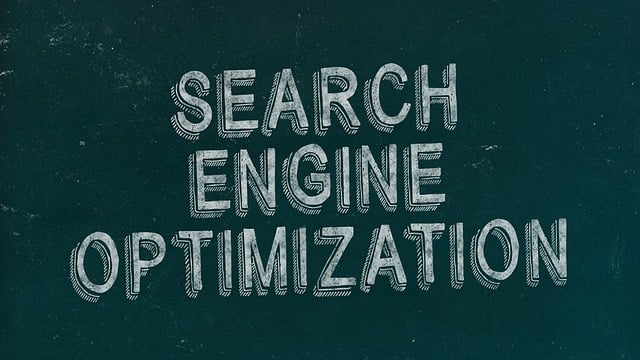AI simulations, powered by advanced algorithms and gamification, revolutionize understanding of user behavior, especially in habit formation. By mimicking real-world scenarios, these tools track human movements, muscle activity, and physiological responses. Gamified elements like points, badges, and leaderboards enhance engagement, encouraging behavioral adoption. Analytics from these interactions optimize fitness interventions and rehabilitation programs through personalized feedback and real-time adjustments. AI habit-building gamification analytics iteratively improves user experiences based on retention rates, engagement patterns, and preferences, driving effective long-term behavioral change.
“AI simulations are transforming how we understand user physical responses, offering insights that drive innovative strategies in behavior analysis and habit formation. This article delves into the world of AI simulations for evaluating physical responses, exploring key components like gamification and analytics. We examine how these technologies collaborate to create engaging, data-driven experiences, optimizing AI habit-building strategies and pushing the boundaries of user interaction.”
- Understanding AI Simulations for Physical Response Evaluation
- Gamification and Its Role in AI-Driven User Behavior Analysis
- Leveraging Analytics to Optimize AI Habit-Building Strategies
Understanding AI Simulations for Physical Response Evaluation

AI simulations are transforming how we evaluate and understand user physical responses, especially in the context of habit-building and behavior change. These simulations leverage advanced algorithms to replicate real-world scenarios, allowing researchers and developers to gather valuable insights into human behavior. By integrating gamification elements, AI can make these evaluations more engaging and interactive, encouraging participants to perform specific actions or maintain certain postures for extended periods.
The analytics generated from AI simulations provide a wealth of data on user movements, muscle activity, and physiological signals. This data is crucial for designing personalized interventions and optimizing fitness programs. Moreover, AI-driven simulations can adapt to individual needs, offering tailored feedback and adjustments in real-time, thereby enhancing the effectiveness of physical training and rehabilitation processes.
Gamification and Its Role in AI-Driven User Behavior Analysis

Gamification, or the use of game design elements in non-game contexts, plays a pivotal role in enhancing user engagement and experience when integrated with AI simulations. By incorporating mechanisms like points, badges, levels, and leaderboards, AI systems can encourage users to actively participate and provide valuable data on their physical responses. This interactive approach not only makes the process more enjoyable but also motivates individuals to repeat actions, facilitating the collection of diverse behavioral insights.
AI habit-building gamification analytics leverages these elements to uncover patterns, preferences, and trends within user behavior. The data collected can be used to fine-tune AI models, personalize recommendations, and improve overall performance. This dynamic feedback loop ensures that AI simulations remain relevant, adaptive, and aligned with individual user needs, ultimately driving more effective habit formation and behavioral changes.
Leveraging Analytics to Optimize AI Habit-Building Strategies

By leveraging advanced analytics, AI developers can fine-tune and optimize habit-building strategies within their simulations. This data-driven approach allows for a deeper understanding of user physical responses and behavior patterns, enabling the creation of more engaging and personalized experiences. With AI habit-building gamification, analytics play a pivotal role in tracking user progress, identifying areas of improvement, and tailoring content to individual needs.
For instance, analytics can provide insights into user retention rates, drop-off points in engagement, and preferences for certain types of physical activities or challenges. This information is invaluable for refining AI algorithms, ensuring users remain motivated and committed to their goals over the long term. By continuously analyzing user feedback and performance data, developers can iteratively enhance their simulations, making them more effective tools for promoting healthy habits.
AI simulations, combined with gamification and analytics, offer a powerful approach to understanding and optimizing user physical responses. By evaluating behavioral patterns through these advanced tools, developers can craft effective habit-building strategies. Gamifying experiences not only enhances engagement but also provides valuable insights into user behavior, enabling data-driven improvements. Analytics play a crucial role in measuring the success of AI habit-building initiatives, allowing for continuous optimization and personalization to drive meaningful outcomes.
